-
CreatorTopic
-
10/13/2014 at 6:39 am #2018
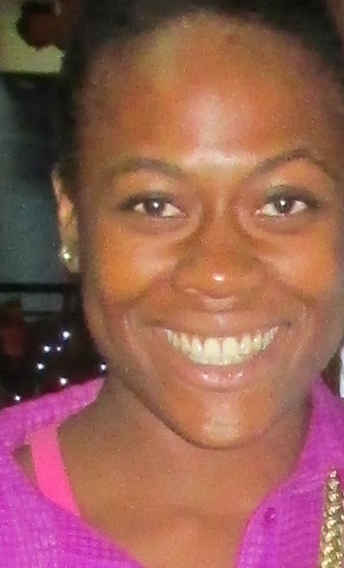 ErikanMember
ErikanMemberAfter reviewing the module content for Lesson 4, take some time to reflect back on what you learned and answer the following questions:
1) What is your experience with stakeholder mapping? How do you use stakeholder maps at your site? Discuss how you (and your colleagues) determine the importance of involving one stakeholder versus another. For example, how do you determine who constitutes your CAB?
2) Stakeholder engagement is a ongoing process, and sustaining multiple partnerships requires long-term investment. How can you work with stakeholders to actively build and sustain longer-term relationships? How can you create the same commitment and ‘buy-in’ with your research team?
-
CreatorTopic
-
AuthorReplies
-
-
12/14/2014 at 3:24 pm #2552
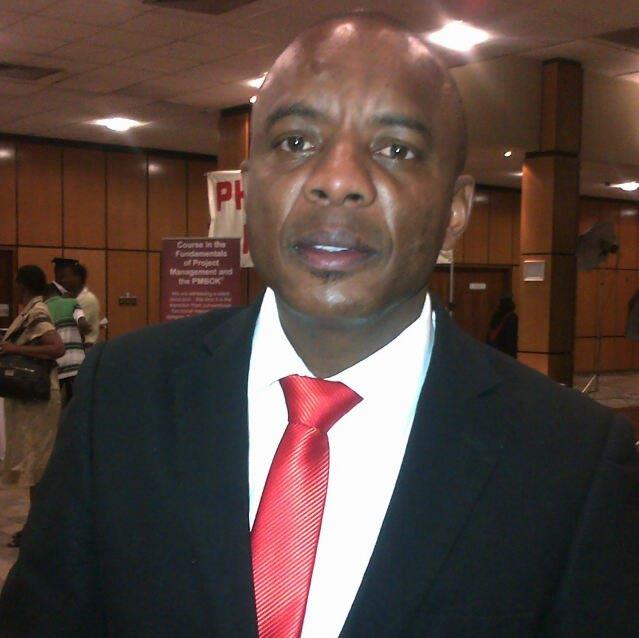 John MdluliMember
John MdluliMemberAnne and others
You are raising a very important question on the barriers to create a long-term relationship with your stakeholders. I think lack of proper planning can be a barrier on its own. My experience is that community engagement activities take priority before and during the trial implementation. What I mean here is that after meeting your recruitment accruals, there is a shift in focus. Usually this is where most of us are loosing it. When you need some of your stakeholders later in the trial, you will have lost some of your key stakeholders. Proper planning will ensure on-going and continuous stakeholder engagement. This also require aligning your stakeholder engagement plan with various phases of a clinical trial
-
11/09/2014 at 3:52 pm #2249
Agnes Nondo
MemberIn response to Anne’s question on mechanisms used to engage some stakeholder and not all. We have used the formal mechanism where we have worked with CAB and the already established community groups like traditional healer groups, the Neighborhood health committee boards, the zonal group leaders of the research site are, holding meetings and in the most recent resent research we used focus group discussion which proved to be very effective. However form the knowledge which is being gathered form the AVAC team we have planned to use both mechanisms which is the formal and the informal in the upcoming HIV vaccine trial, keeping in mind that stakeholders will be engaged at different levels according to the stakeholder mapping results.
-
11/08/2014 at 11:00 am #2247
Siriporn
MemberSustainability of stakeholders, the meeting is important and also, online communication is important.
For my CAB, we create the LINE group for discussed and share information and also use group telephone conference sometime.
MSM stakeholder, we create the Adam’s love web site for give education and entertainment also.
-
11/08/2014 at 10:50 am #2246
Siriporn
Member1. We use meeting with Clinic staffs, Community educator, Trial staffs, etc. and list stakeholder that may be affected conducting study. Another method is list from CAB meeting. We use mapping from local NGOs, Hence stakeholder mapping can come from several methods.
2. Activities build and sustain long term relationship with stakeholder; we set up the meeting, newsletters, website and events such as World Aids Day activities. We also update the progress of study with stakeholder regularly. -
11/02/2014 at 10:33 am #2204
 Marie MicheleMember
Marie MicheleMember1) What is your experience with stakeholder mapping? How do you use stakeholder maps at your site? Discuss how you (and your colleagues) determine the importance of involving one stakeholder versus another. For example, how do you determine who constitutes your CAB?
Even thought I had said something on that topic yesterday, I think I forgot to mention that type or nature of the studies are also considered while you are recruiting CAB members or any other stakeholders, like for examples, if you do studies on family planning, you will need to include all health facilities in charge of family planning from grass root administration to the high level, which is Ministry of health. In Rwanda, all activities are decentralized, like for example, health facilities in charge of family planning are from Sector level to the Ministry level, and they work closely, as researcher you need stakeholders from each level, those from sector level, to help you in recruitment and retention of participants, those from Ministry level are to help you to make sure that study end with success, and they are also policy makers, which are an important part for research especially during dissemination of the study results.
As regards of stakeholder mapping: let take an example of High HIV incidence community mapping:
Sorry, I tried to use a table here which would be more visible on what I would like to share but it is not working. During community mapping, I think there are some important things to consider: With the example below community components, we may think of questions to direct or to prepare us on best way to chose community. From each example of community component and its created questions, we may obtain anticipated outcomes.
1. Community component: 2. Questions 3* Outcomes/discoveries/ observations/ problem areas.etc
*People: * …………………… *………………………………………………………………….
*Opportunities: *……………………. *……………………………………………………………
*Group: * ……………………. *…………………………………………………………….
*Community services: *………………………… *…………………………………………………………….
*Source of information: *……………………….. *…………………………………………………………….
*Employment and Industries: * …………………….. *…………………………………………………………….
*Cultural identity: *……………………… *…………………………………………………………….
-
11/01/2014 at 12:20 pm #2200
 Marie MicheleMember
Marie MicheleMemberHello to all of you again,
Anne, of course by reading more and more from the materials and colleague’s experiences, personally I do see where the gap is already in term of building a better stakeholders engagement. Which I think it is not difficult to implement in the future, due to the existing experiences we do have already in collaboration with our stakeholders. I will say that we need to polish what we were doing in term of collaboration, communication etc. That why, I am really happy to be a part of this course even thought I am missing time to do my assignments on time due to another responsibilities, But I am enjoying a lot, as I am evaluating myself through to the discussions and documentations; and looking forward to make some improvement. The only thing that we do to engage another stakeholders, not CAB, is to share with them the new studies coming, like local authorities, we train them before starting any study, we invite them in meetings, we participate in their meetings where thy sometimes ask us to updates community where we are with research, we invite them to talk to the media if needed, etc. That how basically I will say that we engage them.
-
11/01/2014 at 9:33 am #2198
 Marie MicheleMember
Marie MicheleMemberHello colleagues,
1) First of all, CAB members are from the different institutions/ Organizations/former research participants that are in the position with capacity of helping ongoing clinical research. It is a group which sometimes changes depending on situations. This is concern of other stakeholders as well. You may need to add on some CAB or other stakeholders depending on research level, some sites start with a small group of CAB/stakeholders, because that all needed at that moments, but as the research site grow, you may need to support your CAB/stakeholders by adding more members, most of the time is better if you choose the new ones in collaboration with existing CAB members. Selecting stakeholders, you have to be objective while recruiting, because you need members who are capable and available to positively contribute to the clinical research.
2)For sustainability of stakeholders. CAB members meet every month, but sometimes we may need them for urgent reasons before their schedule time. During trainings of stakeholders, depending on what is on the training agenda, sometimes we invite CAB, research team and other stakeholders, with aim of allowing them to meet and socialize; which later we have find that is very important, seeing how they exchange and discuss about the clinical trials, and the perceptions from the communities, and suggest solutions to the research. Each group(CAB, Research team, other stakeholders) prepare also a presentation to be given in that training. We usually have 3 days of the training in the end of years. In order to motivate our stakeholders, we reimburse their transport fees, so no one would not miss because of the lack of transport.
All our stakeholders, are invited in symposium organized by Research site, especially during a launch of new study or dissemination of the study results, where sometimes our CAB member are also presents.
-
10/29/2014 at 1:43 pm #2182
Agnes Nondo
MemberIn response to Anne, our site has been sceptical to engage the media because of the past experience with the MTN study which was conducted a lot of kilometers from Lusaka not by our organsation but onother organisation, the negative reporting of the study outcome by the media has had a negative impact on the CRS for MTN. However, I do agree with Jaura that it is important to engage the media through the study, we plan to work with our organisation media department to get through to the national media for the studies to come.
-
10/29/2014 at 1:32 pm #2181
Agnes Nondo
MemberAfter having gone through the module I have come to realise that what we our stakeholder mapping has not been inclusive. We have done our stakeholder mapping with our CAB members to identify the influential people in the research community to just inform them about the study not necessariry to engage them. We only considered CAB as the only stakeholder that was important to the research and whose feed back we have respected and considered. We recently have just learnt the importance of a diverse stakeholder engagement and so we have indluded it in our community paln and wehave already stsarted talking to some od the stakeholders.
Regarding susutaining stakeholder relationship, I believe it is important to have a team that is identified as strong in principle, a team of intergrity which can not be corrupted by neither the researcher nor the community.
-
10/24/2014 at 9:52 am #2158
 Jauhara NanyondoMember
Jauhara NanyondoMemberJessica I conquer with you it very important to have the scientists attend some of theses stakeholder engagement meetings. At the site where I am, for any upcoming research proposal it is the PI to interact with the CAB.In away it builds confidence and the stakeholder is contented that he is hearing from the rightful person.
Anne it very important to have the media at every stage or the research implementing process. At initiation, they play a big role in terms publicity, during the trial as you plan to share updates they take you miles and the results dissemination, and you have them on board you are the winner.
They will speak for you. In short it is crucial to have them on the team.
-
10/22/2014 at 4:47 am #2136
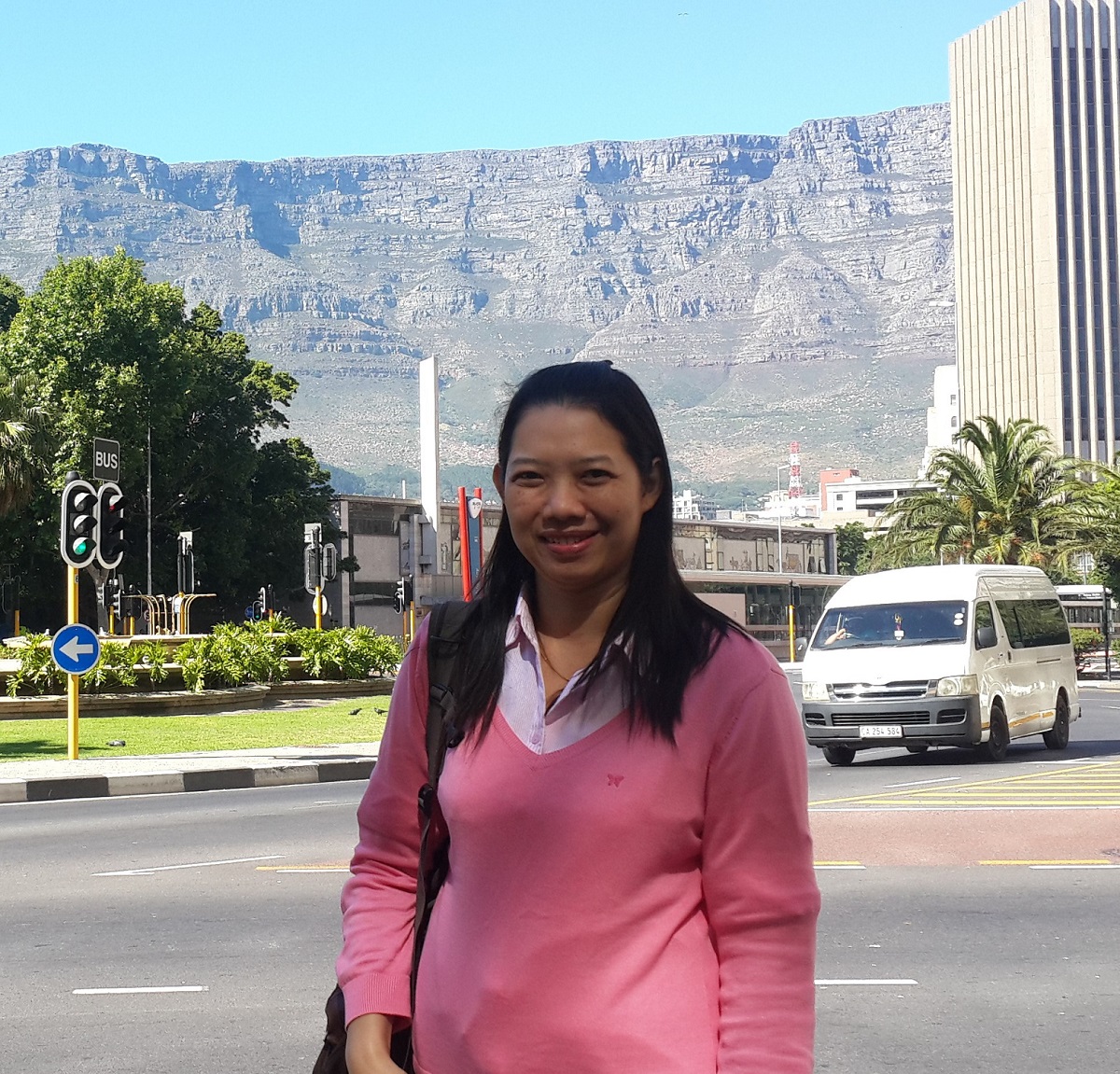 PongpunMember
PongpunMemberHi Anne, I think that media could stated as key stakeholder. In my opinion, they have power for build good or bad news about study. We should listed them in stakeholder engagement plan and build relationship. We need to provide study information to them clearly. If we found rumor, we need to do communication plan and clearly to response.
-
10/22/2014 at 4:24 am #2133
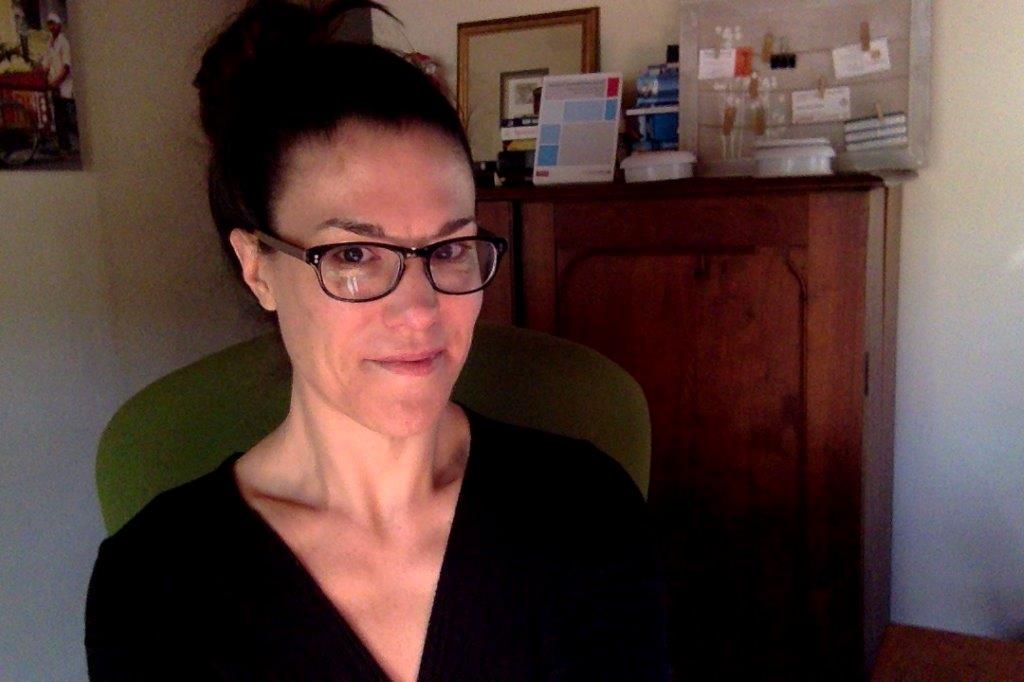 AnneMember
AnneMemberI am wondering about research teams’ experiences with engaging media as key stakeholder?
I know that we broach this topic of media communications as part of Lesson 5, but it also applies here— I noticed that local or national media (i.e. journalists) were not frequently listed in the Blueprint stakeholder section for the Lesson 4 work assignment. Do you think it’s important to build and nurture these relationships?
-
10/21/2014 at 11:24 am #2113
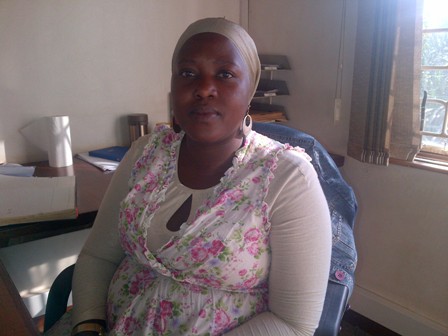 Jauhara NanyondoMember
Jauhara NanyondoMemberStakeholder mapping involves identification of the key and vital partners that you plan to work along with to execute the research intended for the country. It is done by stratifying the stakeholders in terms of geographical location. As you do the mapping one should factor in the 5Ws to include, who should I have on board, when, where, what, which and how. As you build flesh on the 5Ws, you will have a good plan for the stakeholders.
We should appreciate that stakeholders vary by trial or research however sometimes you may find that some of the key stakeholders have not changed.
We should appreciate the CAB work is voluntary so to have someone represent a certain constituency, it requires that person to be willing to commit time to CAB work. Someone willing to work without pay! Specifically for recruitment of new members recently I have been involved in the same process and I the following process was done.
As research team we did some literature search on what groups of people are represented on the CAB. We developed a list. Then we identified organizations or leadership structures, or groupings that we thought we would engage in form of talking to them, or writing to them to help us identify the interested party.
From there we do the research literacy training to build the knowledge of this new member.
Members are informed the participation is voluntary. This team is composed of 10 individual, however it is a small team and this is due to financial constraints. If resources could allow may be we would have a larger team.2. Through our CAB, we penetrate community spheres through the current team that we already have. They introduce us into the community and other community representatives that are required. Sustaining this stakeholder engagement relationship requires a lot of effort in terms of planning, organization and resources.
A dedicated staff to have a smooth flow of this process is required to organize, facilitate, and keep in touch with all required communities.
To have the same commitment from the research team, the outreach team has to be very creative in developing engagements that take through/ train the research about the importance of stakeholder’s holder engagement.
Share with the research team scenarios that happened to the researchers who never involved the stakeholders in the whole research process.
Remind them that whatever they are doing is of for the community, there for the need to engage them before, during and after the trial. A sustainable relationship require transparency in terms of communication and mutual respect of all parties. These two will result in trust which keeps a relationship.
-
10/20/2014 at 3:26 pm #2107
Anonymous
InactiveMarie Michele,
I love all the ways you are engaging but particularly the researchers who volunteer to be at stakeholder meetings! The purpose of stakeholder engagement in research is to enhance the science. Having a researcher present at meetings can help dispel rumors and increase transparency about the research!
What are others doing?
-
10/20/2014 at 2:03 pm #2106
 Marie MicheleMember
Marie MicheleMemberDear Ann and all,
I hope you had a nice weekend. It is true that we seems to engage CAB other than other stakeholders, but beside engaging a site specific CAB, we also try to engage other stakeholders, e.g, we engage our Ministry of Health as our line Ministry; we engage Ministry of Gender and Family Promotion, women Parliamentarians, National Women Council, women associations, selected NGOs, families of participants, etc (because studies we have doing are for women).
How to engage them?
1)We use presentations, meetings, organize trainings, updates them for the previous and upcoming studies; the objective of this to provide Knowledge and skills about Clinical trials.
2) We engage them by inviting them in our official events, some are invited as our guest honors( especially those coming from high level, e.g Ministries), others are coming to support the research sites.
When media want to talk to our stakeholders, they do it willingly. When Research need official documents, they get them without problem, because they are aware of what we are doing, as we share with them reports,
If any one from community have any question, they have number and contact person, they call any time they want during working hours.
Research nominated a representative who would be available to participate in any meeting organized with our Stakeholders, which increase a good collaboration.
We have been invited with different stakeholders to make a presentation on our research. But as mentioned in beginning, most of the time, Our CAG are the ones to be engaged.
Engaging other stakeholders, it is the best way to do smoothly the trial, but some times it is also limited by budgets.
-
10/20/2014 at 10:07 am #2104
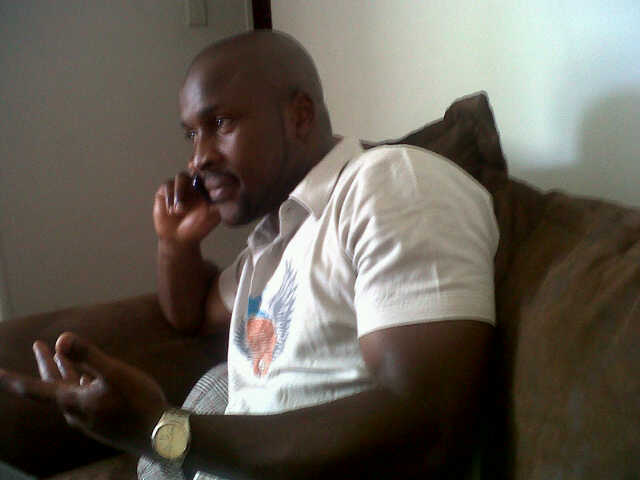 Leader Kanyiki NgooyiMember
Leader Kanyiki NgooyiMemberThe same way we strive to ensure that various key groups (formal structures and informal structures) within our local community are represented within the CAB or other stakeholders engagement platforms, we build and maintain open communication channels with other stakeholders that are based or operating from outside the local community, but who might impact our research in a way or another. there are important stakeholders consultations and meetings taking place and we use those channels. we also attend and engage in events and mini conferences hosted by other stakeholders.
Thx,
L
-
10/20/2014 at 10:06 am #2103
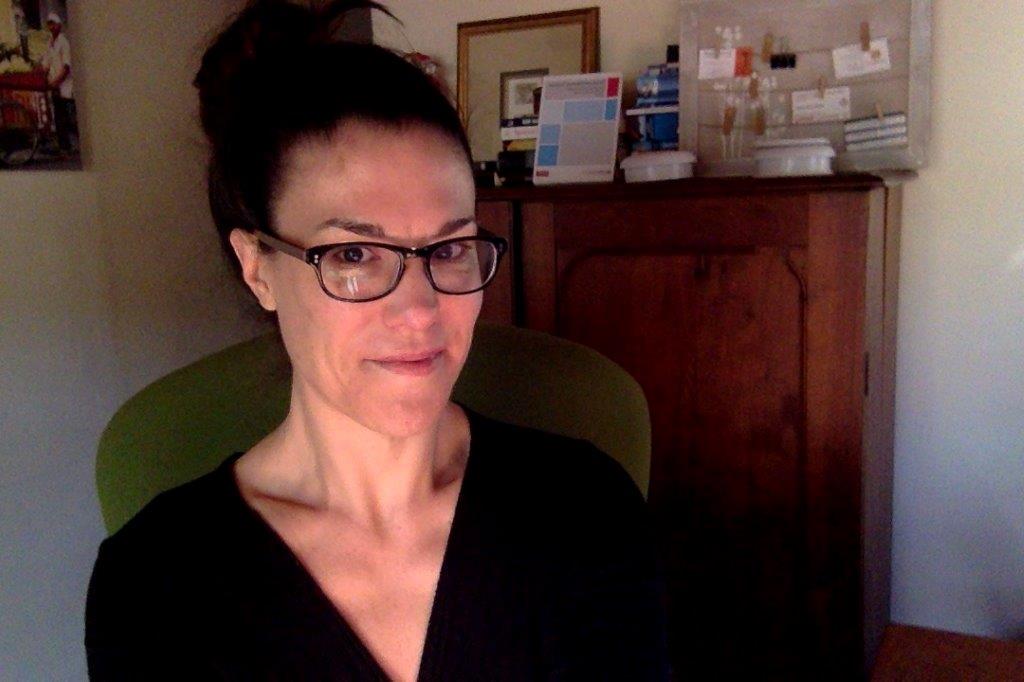 AnneMember
AnneMemberThanks, Jessica! I think these are such critical points and are really the crux of the guidelines!
In sum, the take home message is that the establishment of a CAB may not translate into the best practice in every setting. Of course, they may be very helpful as an advisory mechanism but not completely sufficient for gaining all of your relevant community stakeholder input.
As Jessica points out, stakeholder mapping should be much broader and, when possible, should be optimally done with the input of community stakeholders. This can even lay the foundation for longer-term, sustained engagement!
-
10/19/2014 at 7:22 pm #2093
Anonymous
InactiveHi all,
Sustained engagement with the community can be a very difficult thing. I LOVED Mathias’ point that you need to engage all past participants regardless if they are the target participant group for a study. Participant communities can become part of a larger research community.
Anne raises a great point that there are more stakeholders to engage than a CAB. CABs can reflect the local epidemic and may be representative of the population you are trying to recruit. What about populations that oppose the trial or have negative feelings toward the group being recruited?
Remember stakeholders are more than just participants and groups that serve as allies to those communities.
How do you sustain engagement efforts with groups outside of participants and CABs?
-
10/18/2014 at 10:45 am #2087
 PongpunMember
PongpunMember1. For stakeholder mapping, I ‘m not sure that the method that we use is mapping or not? We will use several methods to mapping stakeholder such as writting community work plan, checklist who are stakeholder and mapping.Basic method that we use is staff meeting (recruiter, clinic staff, community educator, PI, physician, etc.) and list stakeholder that may be effected conducting study. Another method is list from CAB meeting. The stakeholder that we have listed should be compose of multiples group. Sometime, after community activities, reflection from community may tend to new idea about stakeholder list. So stakeholder mapping can come from several methods. During study conduct, new stakeholder can occur. We should concern about stakeholder mapping thoughtout study conduct; before, mid and end of study.
2. For actively build and sustain longer-term relationships with stakeholder, we need to have plan, schedule meeting and evaluate activities that have been done. We need to meeting for revise stakeholder list troughout the trial. We should be updated the progression of study with stakeholder.
2.
-
10/17/2014 at 3:51 pm #2084
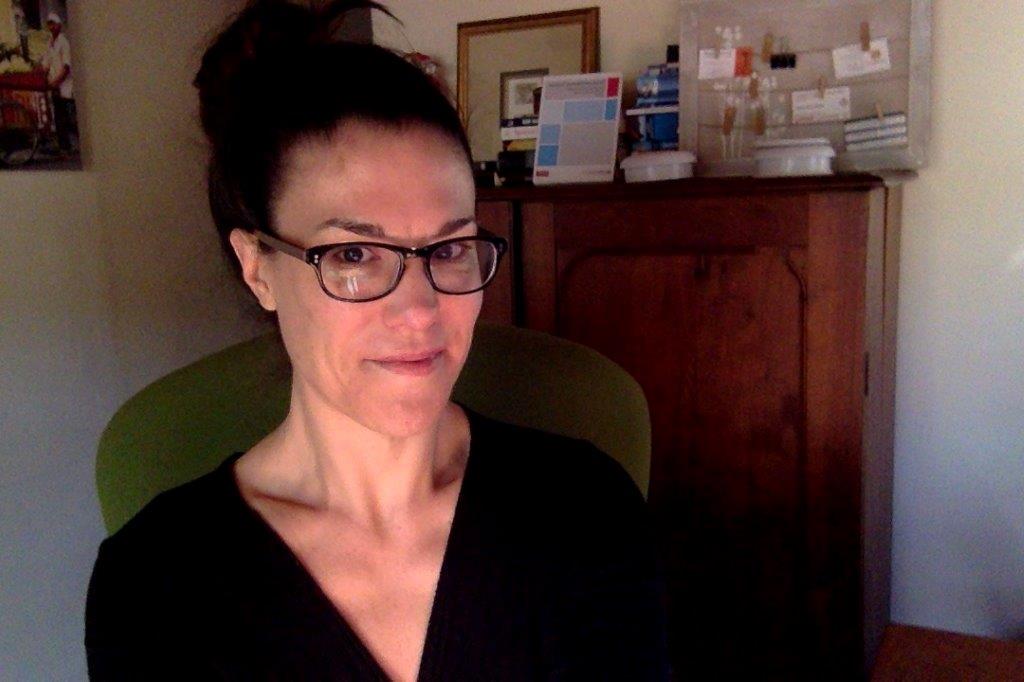 AnneMember
AnneMemberAnd I am back like a pesky mosquito….
I notice in many of the discussion posts and work assignments, there is a lot of emphasis on CABs as the primary advisory mechanism.
Besides engaging a site-specific CAB, how do you get stakeholders to the table– and not just those who represent your target population? Do you have different options to ensure involvement of stakeholders at multiple levels?
-
10/17/2014 at 2:41 pm #2082
 AnneMember
AnneMemberHi John and others:
I liked your responses! I have a couple of questions!
What are the key barriers to creating longer-term relationships, besides time and resources? Do you discuss specific ways to sustain engagement with your CABs?
-
10/17/2014 at 8:14 am #2071
 John MdluliMember
John MdluliMemberThe starting point in Biomedical HIV prevention research is the identification of key and important stakeholders. Key stakeholders are the individuals, trial participants, groups, organizations and any other individuals or groups who are either affected or influenced by the conduct and results of the research trial. Stakeholder maps are the important part of the stakeholder engagement occurring during the early phase of the trial. Formative research processes are undertaken to identify stakeholder maps. Through formative research process the site is able to put in place an effective stakeholder engagement plan and have a better and informed picture or understanding of the local population, HIV/AIDS incidence and prevalence, local perceptions about the disease, channels of communication and the decision making processes followed in that community.
Through stakeholder maps or stakeholder data-base the site is able to identify the important stakeholders who will need consistence and on-going engagement. Such key stakeholders are important for the formation of site Community Advisory Board (CAB). They include the involvement of important stakeholders such as Department of Health representatives, representatives from People Living with HIV/AIDS, community leaders, Traditional Health Practitioners, Faith Based Organization, youth representatives and any other stakeholders that can emerge during the conduct of the trial.
Working with key stakeholders to build and sustain the longer-term relationship requires a site specific CAB or study specific CAB e.g. youth CAB for trials involving youth and adolescence. CAB Constitution serve as an important strategic document that provides guidelines on the full functioning of CAB. The document provides directions in terms of CAB leadership structures and roles and the frequency of CAB meetings. The community team can have effective working relationship and communication with the site staff by having a regular meetings with them in which community engagement activities form part of the standard agenda
-
10/16/2014 at 7:32 pm #2070
 RonaMember
RonaMemberI completed lesson 4 after an in depth conversation with one of the staff responsible for some of the engagement activities at one of the sites conducting HPTN 073. What struck me is how hard it is to decide stakeholders that may not be “as influential” but because almost all play an important role. Even those that are representative of the target population, are important to maintain as ongoing sustained partners given their role for example either in the city (HIV prevention planning, HIV testing and counseling or service provider of one sort or another). I found the prioritizing the most challenging part of the assignment. I was struck by Patchara’s comment about using the stakeholder matrix to determine how to involve stakeholders based on possibly their power and interest. I would love to know how you all balance that with the need for longer term engagement with other stakeholders that may not be as central to a specific trial. Maybe that’s related to Anne’s question about how to most efficiently use limited resources.
-
10/16/2014 at 12:08 pm #2068
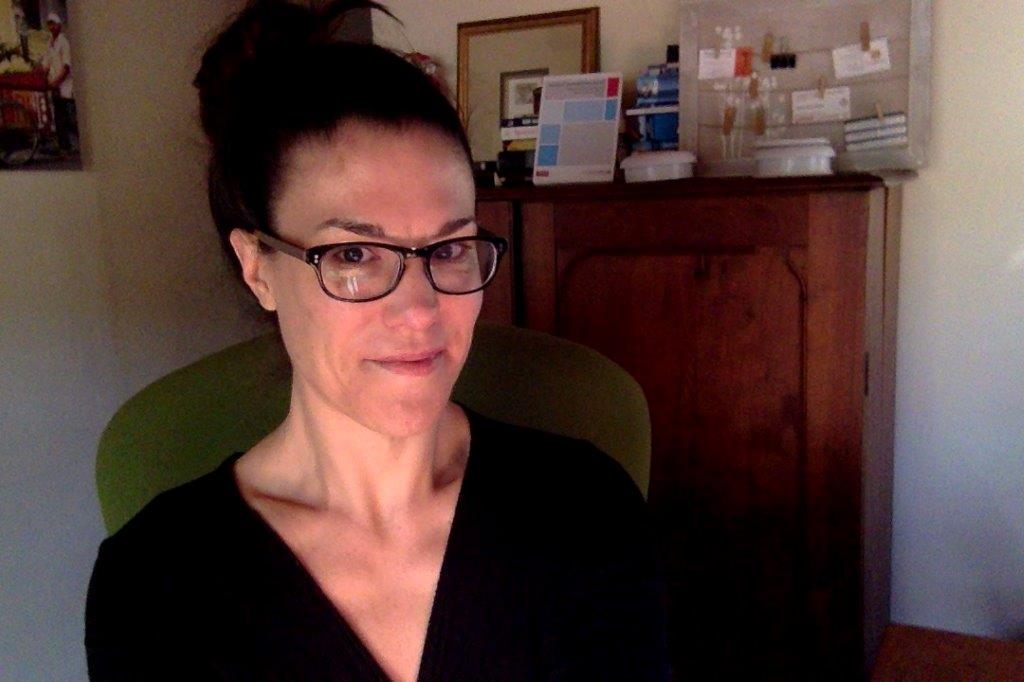 AnneMember
AnneMemberPat and others:
I would love to see some visual examples of stakeholder maps. Would anyone be willing to share with the group? We are currently working on how to most efficiently share resources and documents on the LMS, but please send me some examples if you have them!
-
10/16/2014 at 9:22 am #2067
Patchara
Member1) What is your experience with stakeholder mapping? How do you use stakeholder maps at your site? Discuss how you (and your colleagues) determine the importance of involving one stakeholder versus another. For example, how do you determine who constitutes your CAB?
I used map from NGO and GOs in study area. We created the map together. We divided area to survey and get information and then we combined information together to do a map.
We use the map mostly on recruitment and educate knowledge about trial and HIV prevention to target population(MSM/TG).We did not use the map for engage the institutions.
We used identify stakeholder matrix to determine how to involve stakeholders. Power and interest per organization were discussed among researcher team.2) Stakeholder engagement is a ongoing process, and sustaining multiple partnerships requires long-term investment. How can you work with stakeholders to actively build and sustain longer-term relationships? How can you create the same commitment and ‘buy-in’ with your research team?
We collaborate with NGOs and GOs in study area to sustain relationship. Activities on World AIDS Day, VCT Day and Valentine’s Day were collaborated by all NGOs and GOs who involve with HIV prevention and care. The city and organizations who work with HIV/AIDS will have a bi-monthly together. Researchers, NGOs and GOs in Pattaya educate to MSM/TG who work in bar, massage parlor and entertain venue about HIV prevention together. The activities above are our strategies to sustain long-term relationship. And also we can know new stakeholders by current stakeholders. -
10/16/2014 at 4:09 am #2063
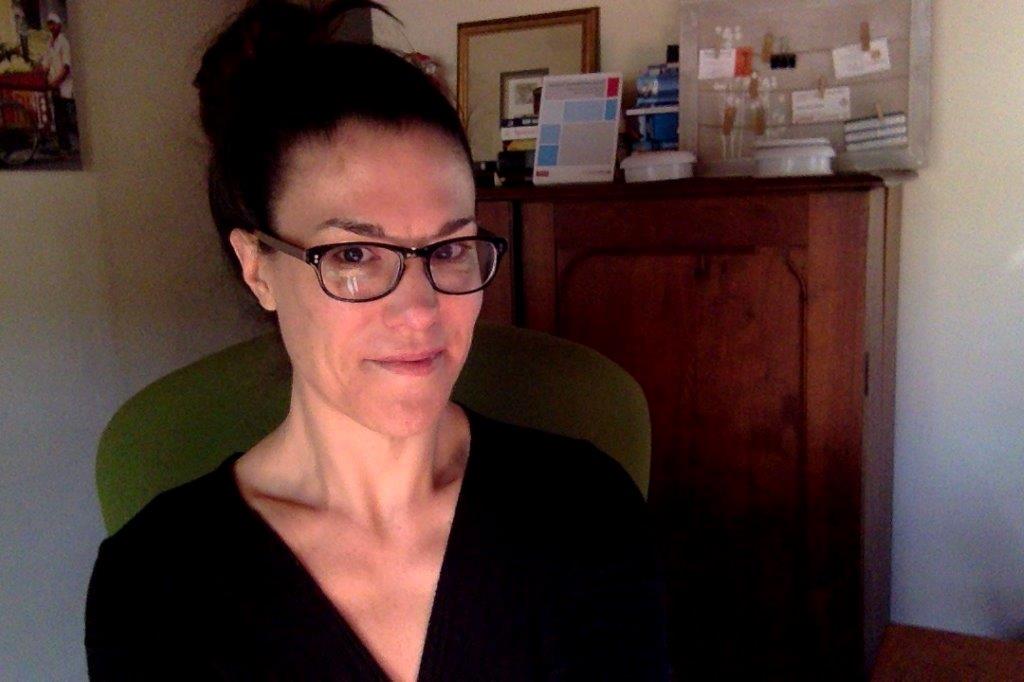 AnneMember
AnneMemberI have been reading learners’ Lesson 4 assignments, and I want to throw out a point for debate— in most trials, the major constraint will be availability of resources, both human and financial.
For this reason, a research team will need to consider how best to manage its engagement activities for maximum efficiency and effectiveness.
How do you decide which stakeholders are most important, given these constraints?
-
10/15/2014 at 11:16 pm #2060
 Laura PotterMember
Laura PotterMemberI like Mathias’s comment about networking of “previous” and “current”/”future” stakeholders, especially with the added note that those words in quotations really don’t mean anything because once a stakeholder, always a stakeholder — even for a new study that is looking to involve, engage, and ultimately recruit a totally different population! Stakeholders involved in previous trials and newly identified stakeholders for upcoming trials can both benefit from meeting one another and networking, not to mention the benefits this could bring to the research site and trial as a whole as well. Great point!
-
10/15/2014 at 10:48 pm #2059
 Laura PotterMember
Laura PotterMember1) In our strategic community programs meetings, our team tends to make charts more than maps to determine our educational, outreach, and recruitment efforts throughout the trial site area. Other opportunities to engage in community mapping have arisen when members of our team have the chance to attend local or national conferences where mapping is a group activity, which have been very productive in the past but usually much broader than just what would apply to our specific trial site. We determine who constitutes our CAG mostly by who is interested and available to commit to the group, with no one ever having been turned away from participating. As for active recruitment of new CAG members, we ask current members and sometimes, past trial participants whom we believe could engage other organizations, individuals and communities to participate that we haven’t yet drawn into our group yet. Most of our CAG members are actually involved in HIV/AIDS organizations, other research, or activism/advocacy work of some kind; it has been harder to retain those who do not have other connections to our field, so we have overall kept up with only the more involved CAG members. This is a work in progress. However, we do feel that the CAG membership mostly represents the key populations and communities we are working with in our research, so there is stakeholder representation but it stands to be improved.
2) Our CAG is one major way for us to engage with stakeholders and their representatives on an organized ongoing basis, since we meet monthly. As for other modes of investment in stakeholder engagement, we have one member of our community programs team whose major task is to organize, facilitate, and connect with various communities and organizations — scheduling in-service educational or outreach presentations, arranging for us to attend local events/festivals/forums and other engagement opportunities, and working at certain venues around our trial site to engage via street outreach/recruitment. We also have two members of our team dedicated to social media outreach and engagement, with a minimum of 2 posts per page/account per week. We are often lucky at our trial site that we are assigned to enroll for consecutive trials that are related to and build off of one another, so that it is quite easy for us to engage stakeholders in a long-term capacity because of the continuity of the research we are engaged in ourselves. Stakeholders tend to want to stick around for the long haul to see whether the future of this research will take us, them, and their communities; likewise, we are thrilled to have their continued engagement as each study answers more and more research questions and moves the Networks closer to reaching the research goals.
-
10/15/2014 at 1:35 pm #2057
 RonaMember
RonaMemberThe Division of AIDS has done a form a stakeholder mapping when working on broader outreach, awareness initiatives. For those efforts, we identified the highest priority populations to target and then organizations that would be most appropriate to partner with for building awareness, education and information dissemination. While the partner groups were selected through an application process, we were careful to ensure a balance of national vs. local organizations, geographic distribution (within the US) and an adequate number of organizations targeting each of the key populations.
Stakeholder engagement is an ongoing process and DAIDS maintains most of its ongoing partnerships through its funded research networks and the Office of HIV/AIDS Network Coordination, Legacy Project and the BTG website and listserv. DAIDS does maintain ongoing, direct partnerships through annual consultations, collaboration on forums, conference and satellite sessions, and around network and other types of meetings. -
10/15/2014 at 1:28 pm #2055
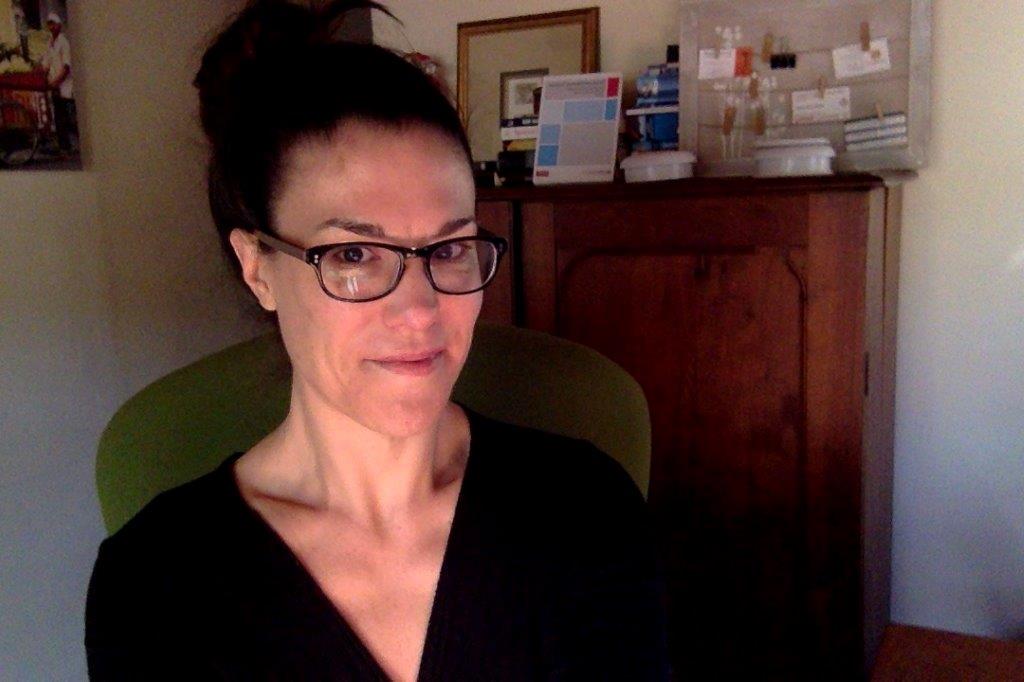 AnneMember
AnneMemberRegarding the second question, I think that the commitment to sustaining long-term relationships comes mainly from two fundamental guiding principles: transparency of communication and respect, which then build trust over time. As in any relationship, attention must be given to renewing the relationship and sustaining the commitment of the partners by two-way feedback, evaluating progress and celebrating success.
Then, over time, you get the Big C–Commitment –– the extent to which each party believes and feels that the relationship is worth spending energy to maintain and promote.
-
10/15/2014 at 1:16 pm #2054
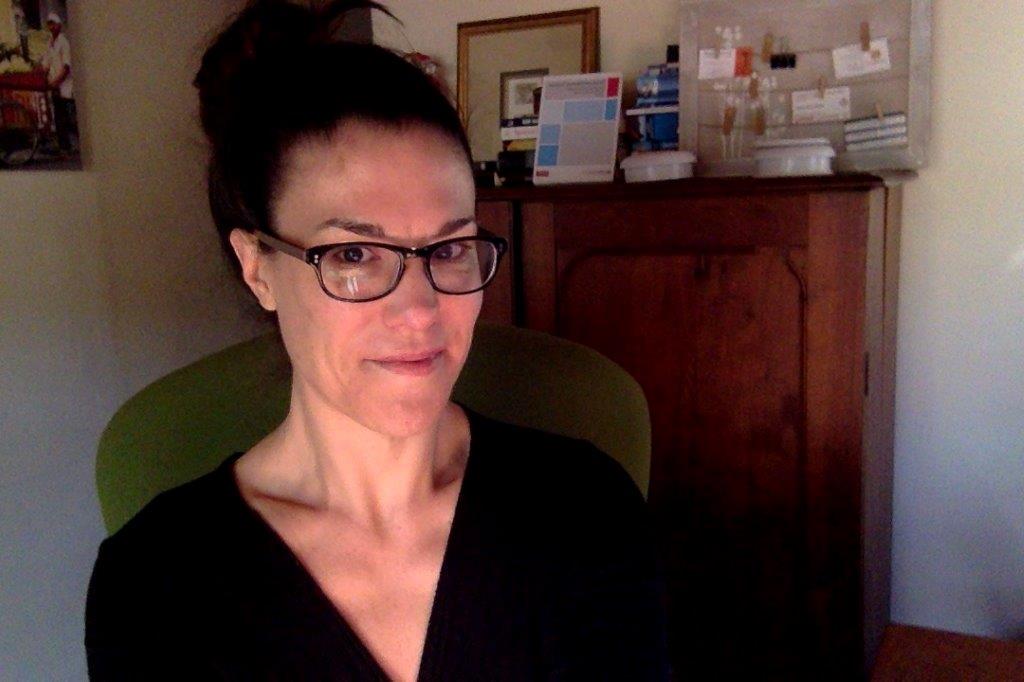 AnneMember
AnneMemberMathias and Cathy,
When you talk about bringing stakeholders together as a network or involving some stakeholders and not others, what advisory mechanisms do you routinely use?
-
10/15/2014 at 9:32 am #2052
Cathy Slack
MemberHi everyone, in our social science research into ethical concerns, we are very interested in which stakeholders can help us to improve the ethical rigour and quality of our studies, so tend to use that as an important way to involve some stakeholders and not others – so it is their potential influence over the ethical ‘shape’ of the study…can they see risks that we can’t? can they identify beneficial impacts that may be hidden from us? can they tell us how to improve understanding of the study?
-
10/15/2014 at 5:13 am #2050
Mathias Wambuzi
MemberHi Team,
My little experience with stakeholder mapping is that stakeholders are identified basing on locality of trial/studies and using priority grid. It involves taking decisions on who? where? how? when?. Requires systematic review but while maintaining the growing list and eventually developing a network. Determining the level of importance depends on level of influence, location of the trial, complexity of trial, support from the individual.
Building sustainable partnerships with stakeholders is a continuous process that requires deliberate involvement of stakeholders through out the research life cycle. Well as trials could have different stakeholders, it is important to bring them together and share experience as a net work. It is like making new friends and dropping old ones. Instead stock should be taken to have both old and new. Former trial participants should be used as ambassadors of on-going trials. The review of priority grid should not aim at dropping but rather change positions.
-
11/11/2014 at 6:32 am #2303
Siriporn
Member1) We discussed with local NGOs and CAB for created map. Some time we used Mapping from local NGOs. We determine who constitutes in the MSM/TG group by who is interested and available to commit also. The primary method that we use is meeting with clinic staff, community educator, PI, physician, local NGOs) and list stakeholder that may be effected conducting study. Another method is list from CAB meeting.
2). For sustainability of stakeholders. We have a meeting with CAB members in every 3 month, but sometimes we may need them for urgent reasons before their schedule time.
We contact a member of MSM/TG community who organize, facilitate, and connect with various communities and organizations arranging for us to attend local events, forums and other engagement opportunities, and working at certain venues around our trial site to engage via street outreach/recruitment.-
This reply was modified 9 years, 8 months ago by
Siriporn.
-
This reply was modified 9 years, 8 months ago by
-
11/11/2014 at 5:29 am #2301
-
-
AuthorReplies
- The forum ‘GPP Discussion Forum’ is closed to new topics and replies.


